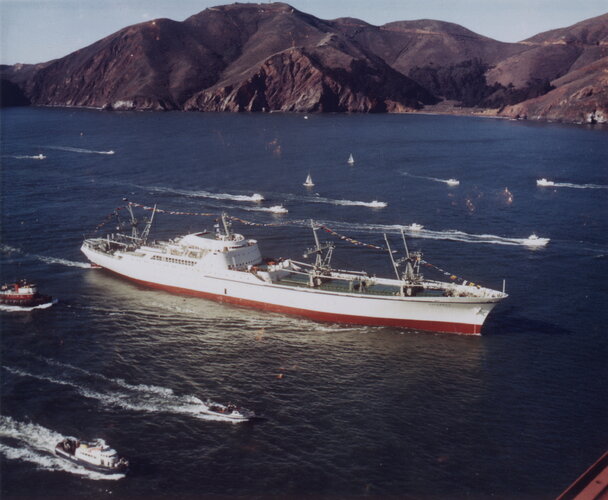- Joined
- 27 September 2006
- Messages
- 6,399
- Reaction score
- 6,782
Back in the 1950s and early 1960s nuclear power seemed to offer an alternative to hydrocarbons. That was the era of nuclear powered car and plane designs.
The reality of complex and heavy reactors needing skilled engineers to babysit them plus no way of disposing safely of the spent fuel has ensured that they are used only where there is no alternative.
More efficient engines to power large ships using hydrocarbons seem the direction of travel. Wind turbines and solar power may augment but not replace them.
The reality of complex and heavy reactors needing skilled engineers to babysit them plus no way of disposing safely of the spent fuel has ensured that they are used only where there is no alternative.
More efficient engines to power large ships using hydrocarbons seem the direction of travel. Wind turbines and solar power may augment but not replace them.






